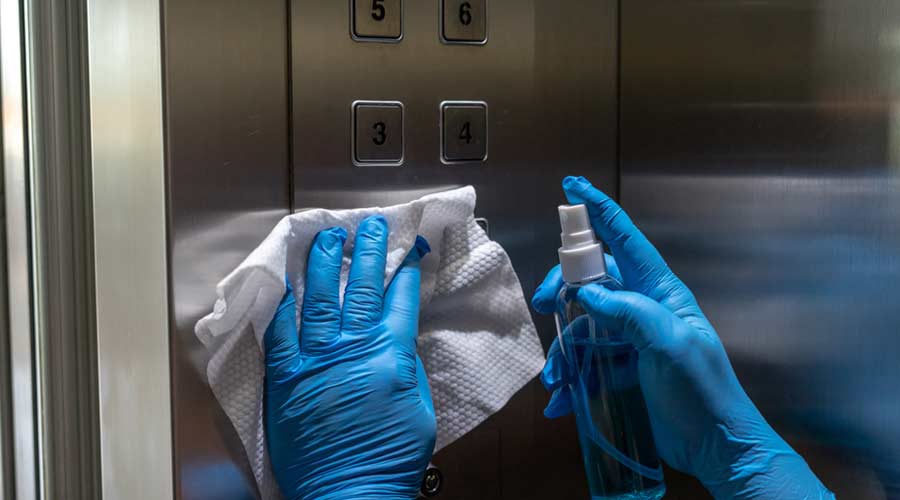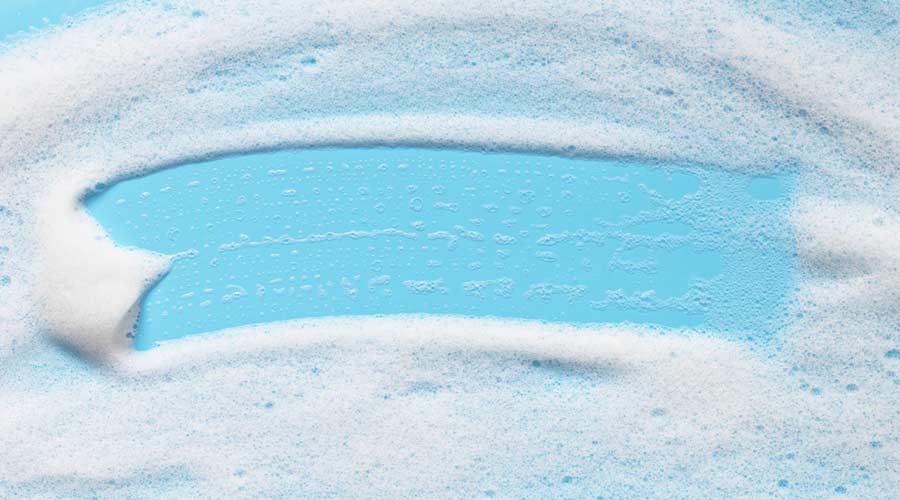
Staff turnover is expensive. When you factor in hard costs such as recruiting, onboarding, training, and lost productivity, and even soft costs such as team morale, quality control, and customer service, replacing an employee will fetch upwards of 200 percent of that person’s salary.
It’s cheaper to throw money at retention efforts instead. At least that’s the consensus of the panel of facility cleaning managers we spoke to for our state of the industry cover story. The good news from them is that retention strategies are working. According to the 2024 Management Study, 85 percent of in-house teams stay for a minimum of three years, and 40 percent stay for 10 years or longer. These are great percentages, especially compared to contract cleaning counterparts, some of which see turnover as high as 100 percent every year.
So, what’s the secret to in-house retention? According to our panel of experts, it all starts with competitive wages and benefit packages. Being part of an in-house team means higher entry salaries, health insurance, paid leave, and retirement packages — offerings that contract cleaners can’t always afford.
Those who work in educational institutions have an added benefit of offering discounted or pro-bono education such as English as a second language, management training, or GED testing. Other facilities are developing mentorship, cross-training and special programs to upskill staff on custodial or maintenance tasks. These training opportunities open the door to advancement, and experts agree that showing in-house employees a career path can be motivating and reduces turnover.
Also, don’t discredit the benefits of continuous recognition and a good old pizza party. Recognizing and celebrating hard work and dedication spans age differences and language barriers, and creates a culture that staff members want to be a part of. In fact, our panel of experts cited these recognition lunches as “great teambuilding” opportunities and the “favorite initiative” by the frontline teams.
According to the 2024 Management Study, 69 percent of cleaning executives have retention strategies in place and offer advancement opportunities to frontline staff. In this tight labor market, those other 31 percent better either start planning for retention or negotiating budgets to offset the high cost of turnover.
For more advice on challenges managers are facing, click here.

 The Down and Dirty on Cleaning in Virus Season
The Down and Dirty on Cleaning in Virus Season How Surfactant Use is Expanding in Commercial Cleaning
How Surfactant Use is Expanding in Commercial Cleaning